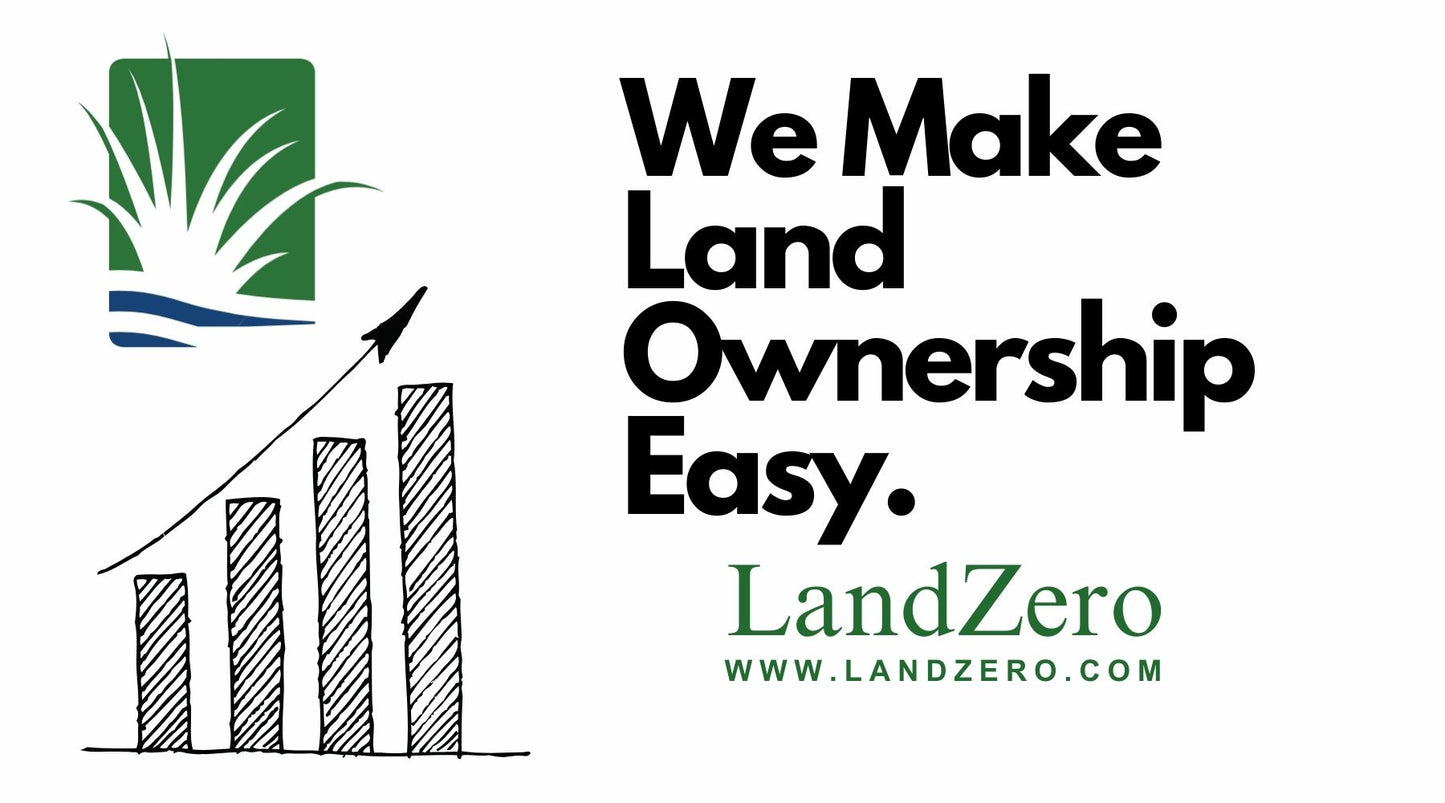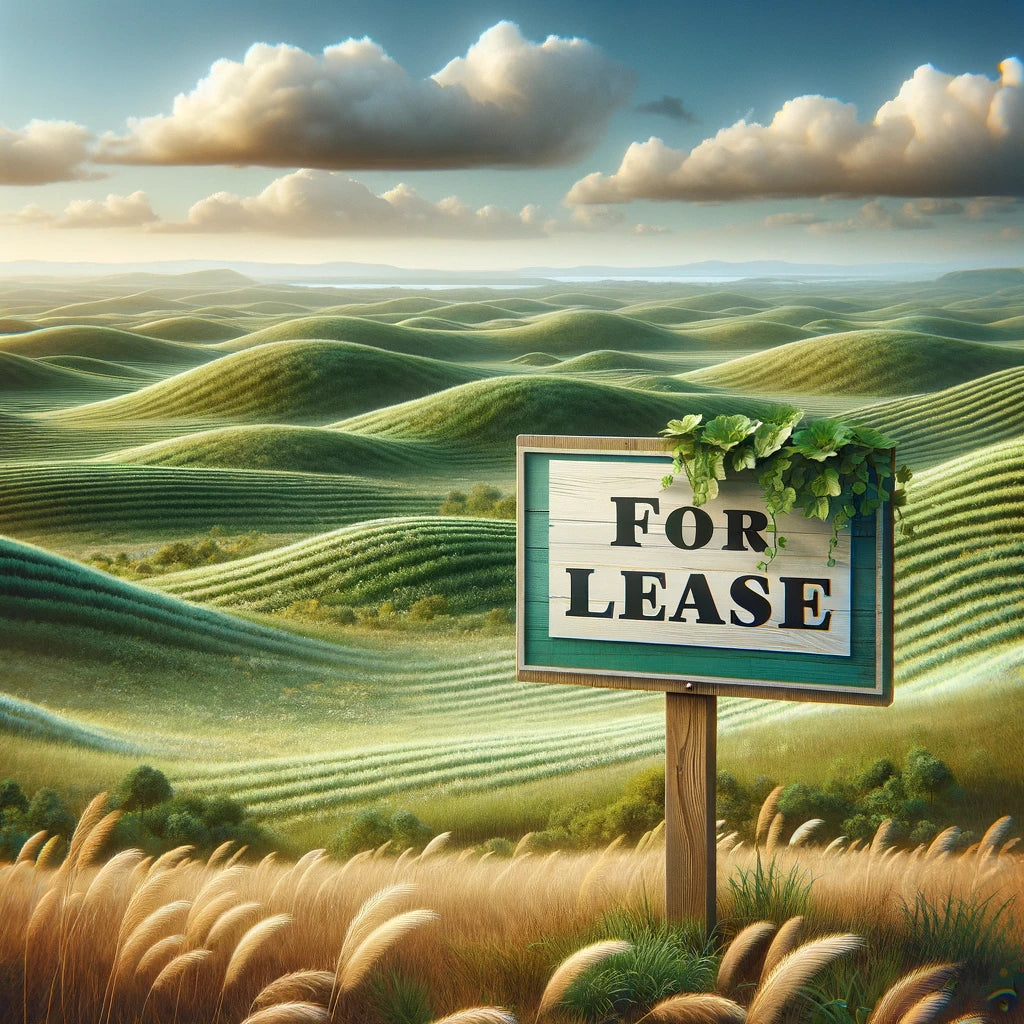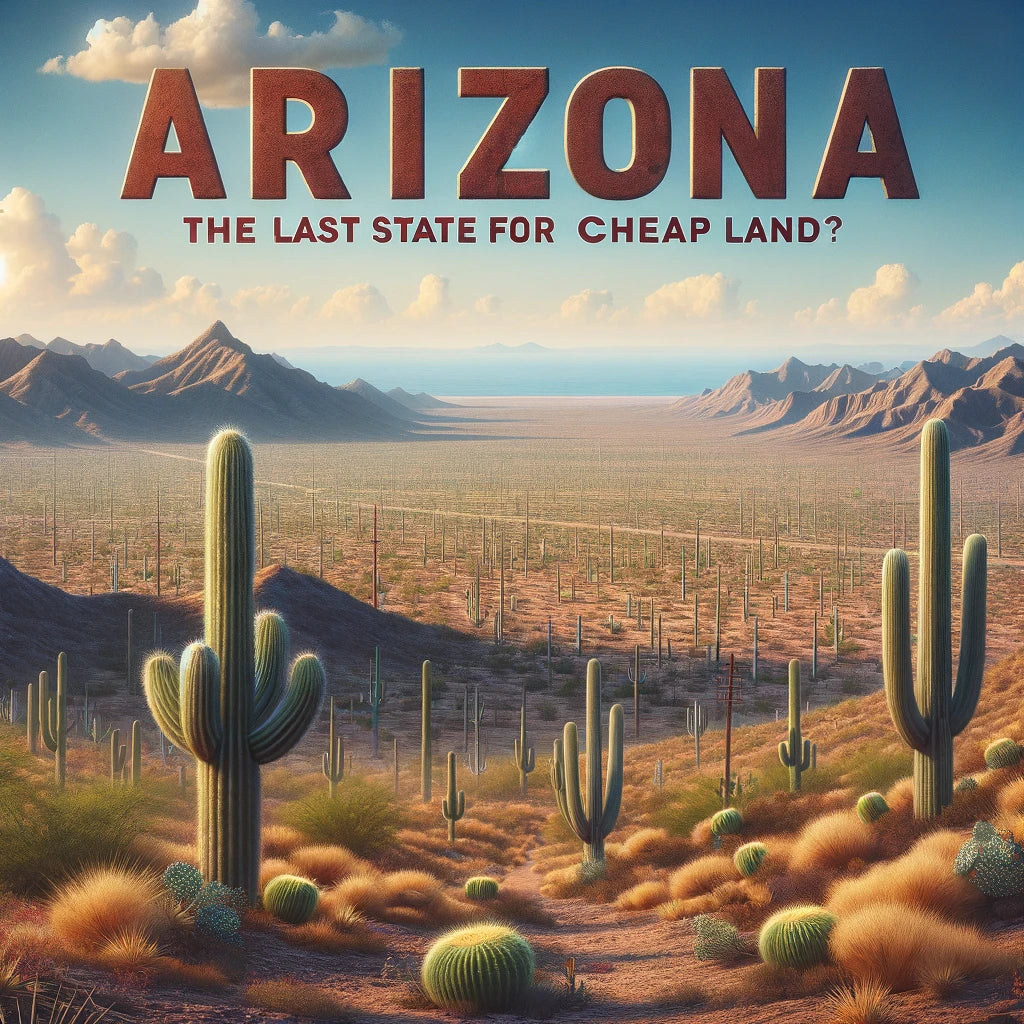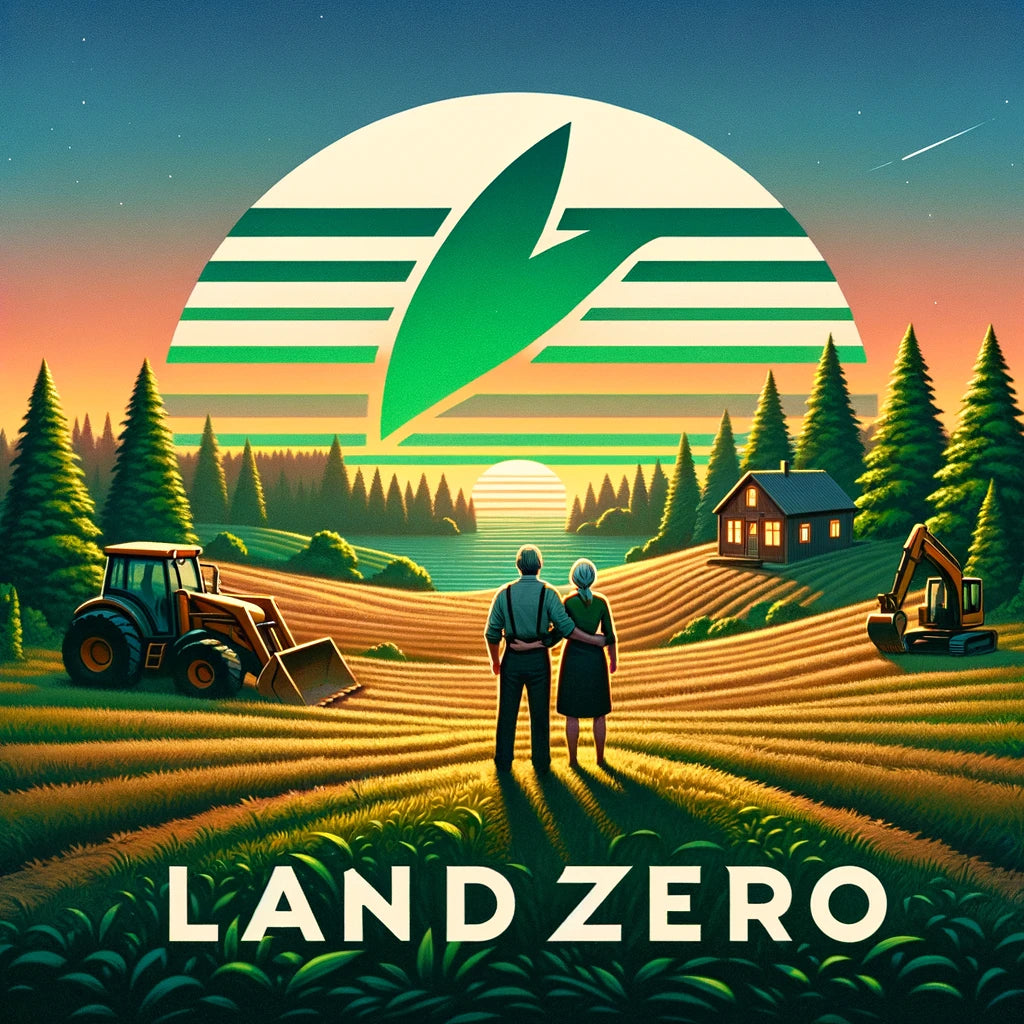
Here we are in 2022, after surpassing a wild year of pandemic lockdown and political uncertainty, things are starting to look a little brighter, at least in terms of the reopening. Unfortunately, now we have issues in Europe, it seems like one issue after the other. As far as Covid goes, over 50% of the United States is vaccinated and mask mandates have dropped for the most part. More companies are looking to employ again and people are slowly getting back to work. The stock market, although always changing has corrected from some peaks after the fed tapering, which could be healthy in the long run. With all these changes there are still some longer term effects that are impacting prices of tangible assets, and interestingly, raw land is a big one, in a good way.
3 Reasons To Buy Land In 2022
Inflation
Overall, inflation in its simplest form is defined as a decrease in buying power of a currency. During 2020 and even going into 2021 in the United States a lot of "money printing" took place, while that is a complicated subject matter involving the central banks, the overall goal of it was to boost and support the economy. We saw stimulus checks, increased unemployment benefits, fed bond buying and infrastructure bills. The government basically went on a spending spree of sorts and overall it worked, so far. But now, we are paying more for the cost of goods. Anything from food to cars is around 10% higher already. Maybe you don't track prices closely but chances are you have been paying more for everyday things because most everything has been slightly in some way. Take a look at this consumer price index, the CPI is the best way to get an overall view of this. It covers the percent change of the cost of goods per month, and as you can see, it's soaring. The CPI is always on a move but most experts don't expect hyperinflation, in fact they think supply output will catch up and inflation will drop. This doesn't happen overnight though and the future is still uncertain despite any fed outlooks.

An updated 2022 Chart can be found Any time in the CPI Data, however this one is posted to see the dramatic change when it started. Going into 2022 it continues at a fast rate. When looking at the CPI chart, in 2021 we saw a huge spike in the cost of goods, an increase not seen since 2008. Some sectors have been impacted more than others. For example cars, new and used cars have seen around a 10% increase in 2021 alone and continuing into 2022. However, it should be noted that this is exaggerated even more due to chip shortages with cars. Overall, the CPI index in this chart covers everything from food, utilities, housing and much more.
When inflation is starting to take hold, people look for inflation resistant hedges.
According to Investopedia: "Many investments have been historically viewed as hedges—or protection—against inflation. These include real estate, commodities, and certain types of stocks and bonds".
So now on to land, obviously this is in the real estate category but it's not the typical method of buying just a home. Issue is, look at housing prices, they are at unattainable levels for many to invest in. However, raw land has some catching up to do and the prices are still attainable for the average person.
Raw land is an underrated asset in our eyes, it has no maintenance costs, it's cheap to hold long term and can rise in value over time. In fact, land can increase majorly in value, especially in the right market and location. As a land holding company, we have had some major 2021 assessed value increases, our customers have had huge returns that started their contracts early with us. Annual assessments are when a county looks at recent sales of an area and has to change the value of your property based on that, they commonly don't move too much. However, with the current conditions, we are seeing some wild things with land values. Below is a recent assessment on a parcel the county sent to our company in 2021. That is a massive 1400% increase!

These increases in land values and demand are not just inflation, there are more pieces to the this puzzle.
Another thing interesting about the United States is the land has been undervalued a while due to the abundance of it and the fact people only focus on homes. If you compare raw land prices to other countries, it's very unheard of to buy land for something like $999. Even in places in Mexico, Canada and Costa Rica your minimum price is around $25k for any raw land. Even in places you would never expect like Nicaragua, any desirable land is very high. Sounds a bit off doesn't it.
Housing & Lumber Prices

The cost of a home has been high for quite some time, steadily increasing since the 2008 housing bubble crash. Builders typically take advantage of this because they can slowly ease demand and build homes in a good market for a great resale. However, with this inflationary period we are seeing the cost of goods making this difficult for developers. Lumber prices alone have risen dramatically, a crucial commodity for building homes.
USA Today reports - "Lumber Prices rose by more than 250% in the last year, according to Business Insider. The National Association of Homebuilders said the increases added more than $24,000 to the price of the average single-family home".
Developers use a risk/assessment method to determine the market, the cost to build and time it takes to build for projected sales. While some are still developing, a lot have taken a pause in hopes the lumber prices come down. So now you run into a market where less new homes are being developed and it's driving up the price of current homes even more. When current homes become too expensive, alternative real estate investments are explored.
Land as an alternative investment has a two fold possible outcome. For one, some of the raw land, depending on desirability, locks up the land developers need. They now will have to pay more if supply is limited. At the same time, if a home will be placed on the land and building costs controlled, it may be worth building a home yourself. The profitability makes more sense, especially if you locked in a good deal on it.
Developers for whatever reason have always stuck to building with lumber on single family homes. They most likely will continue and pass off the lumber costs to the buyer. However, an individual controlling their own building project can explore alternative methods. Cinderblock homes being a popular one, they are used more often in many parts of the world for good reason. With the problems wood built homes can have long term and the hazards it comes with like fires, it's a mystery why this tradition won't die.
Emergency Use

Do you remember when Covid started and supermarkets were raided? Shelves were wiped, especially from toilet paper for some reason. Major cities eventually had to limit items to 1 or 2 per customer. For those of us in a major city, we are very lucky that trend didn't continue or get much worse. Manufactures and food supply chains had a big issue on their hands, they couldn't keep up the demand and had their own limits due to employees not wanting to work during covid.
History can repeat itself, will this be the last crisis of some sort that people have to deal with, most likely not. While it may not be a virus, it could be war, major earthquake or something comparative. Heck we even had major riots and burning cities all over nation too. With this, a new fear took hold, what if the major cities ran completely out of supplies. What would you do to get food for your family? People in the city don't have crops or livestock, they are completely dependent on the grid and government to fix an issue. This started the discussion, where could I go if something like this happened. Maybe dooms day prepping didn't sound so crazy now.
While we never expected it, it was during this point where land started flying off the shelves. We still can't keep up with the demand, even into 2022, the inventory we have just gets liquidated, we even stopped all advertising to try and slow it down a bit. But much more land will be coming soon as we have been accumulating inventory behind the scenes.
You may be thinking, what the heck is someone going to do with raw land during an emergency. Well, if you really had to get out of the city for while till order is restored, it gives you a temporary home with usable land. This could be anything from camping or bringing a trailer to your parcel of land. The land is yours, there is no fear of someone kicking you off your own land. You can grow crops, put up a fence for livestock and some hens for eggs. The point is, you can dig your heals in for a bit because it's your land as opposed to using someone else's without their permission. It could give a good year or more to survive a major issue. It doesn't have to be permanent, this would be emergency living land, and the hope is you won't need it. Consider it part of someones dooms day kit. While it may not be the use you want for land, it had a big impact on demand.
Reason being, land is super low cost to hold, it is hands off and maintenance free. Off grid land that is remote is the best seller by far with these type of customers. Land can be held annually for as low as $5 a year. That would be $250 total to hold your emergency land for 50 years, not bad. It may even go up in value over that time.
Are these the only 3 reason land values have soared? Probably not, but it seems to be the main drivers. Another thing should at least be noted. Living off grid is better than ever, comfort wise. Solar has excelled in efficiency, satellite systems can now provide internet anywhere and cell towers cover around 90% of America. It's better than ever for living independent of the grid, this is probably a big part of it too.
Whatever your use is for land, it's a bit harder to get and most likely will cost more. But, is this trend just getting started? Only time will tell.





